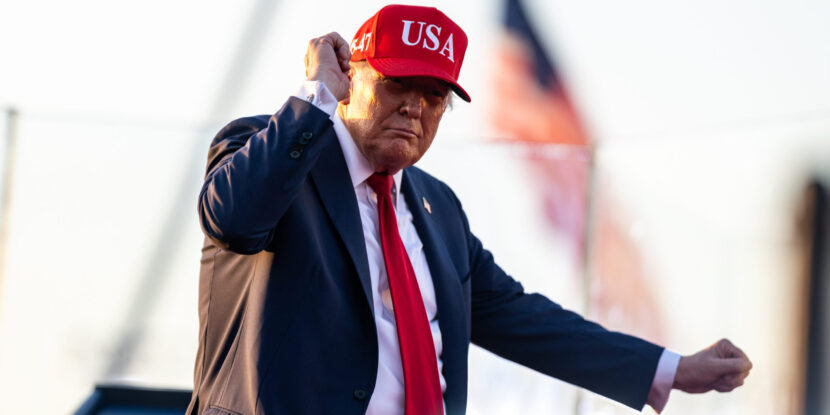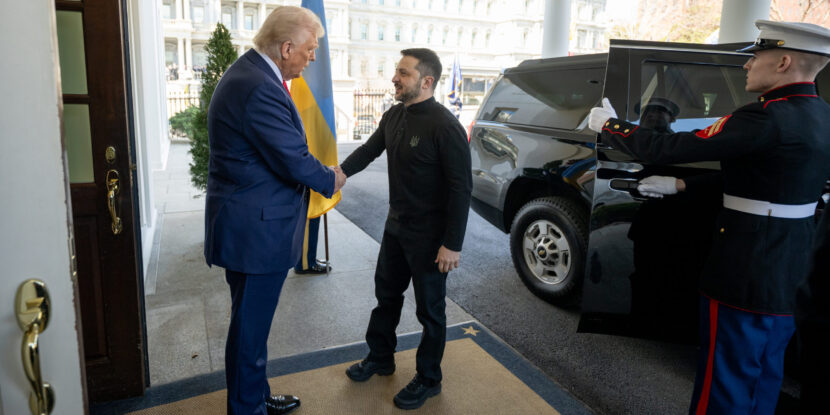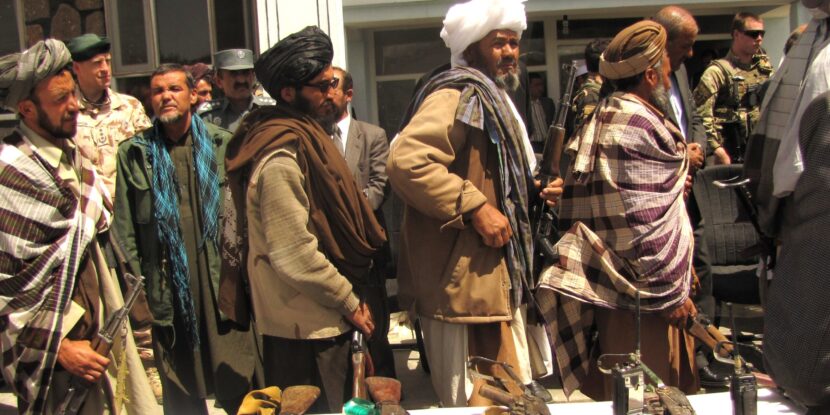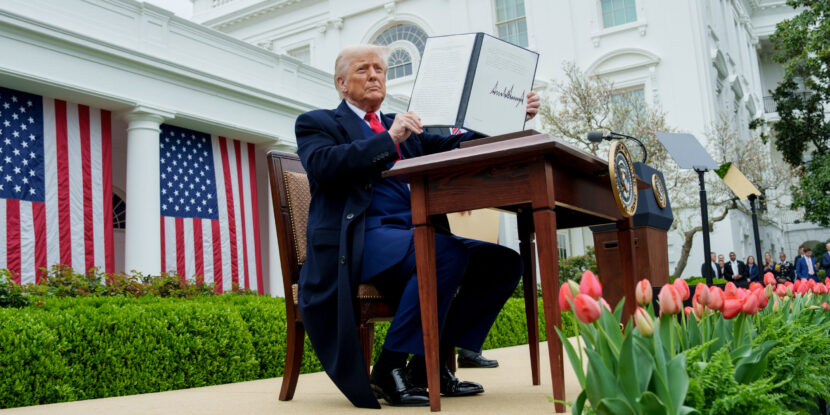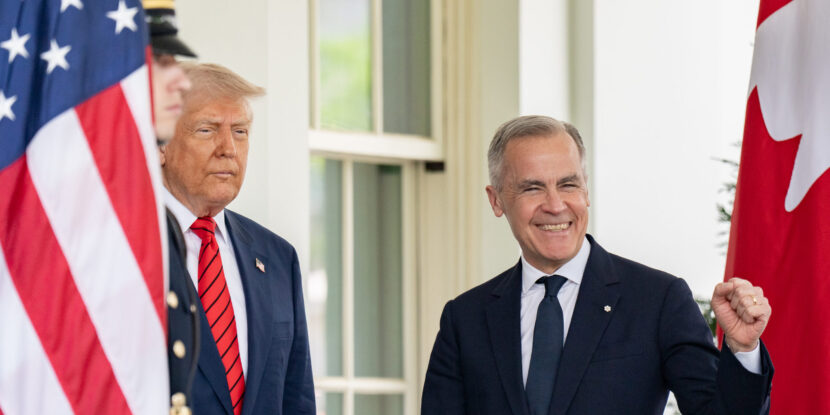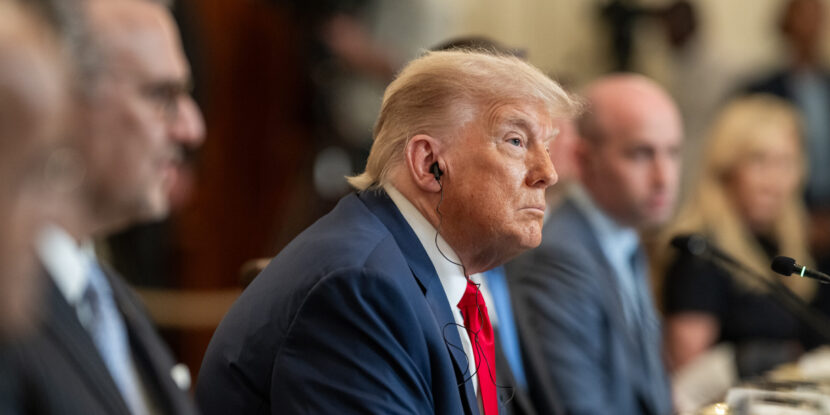PULSE POINTS
❓WHAT HAPPENED: President Donald J. Trump has issued an executive order setting new reciprocal tariff rates for nearly 70 countries across the globe.
👤WHO WAS INVOLVED: President Donald J. Trump, Canada, Mexico, and a number of other nations worldwide.
📍WHEN & WHERE: The new trade duty rates were announced late Thursday and take effect on August 7, while the Canadian tariff rate takes effect immediately.
💬KEY QUOTE: “The complexities of a Deal with Mexico are somewhat different than other Nations because of both the problems, and assets, of the Border. We have agreed to extend, for a 90 Day period, the exact same Deal as we had for the last short period of time, namely, that Mexico will continue to pay a 25% Fentanyl Tariff, 25% Tariff on Cars, and 50% Tariff on Steel, Aluminum, and Copper.” — President Trump
🎯IMPACT: A total of around 40 countries with which the United States currently has a small trade deficit will only face a 15 percent rate, while another nearly 30 countries will see rates ranging from 18 percent to 50 percent.
President Donald J. Trump has announced new reciprocal tariff rates imposed on countries worldwide. The trade duties range from the baseline 10 percent to a high of 50 percent. A total of around 40 countries with which the United States currently has a small trade deficit will only face a 15 percent rate, while another nearly 30 countries will see rates ranging from 18 percent to 50 percent, set take effect on August 7.
Canada will additionally have some of its goods that are not exempted under the USMCA free trade agreement tariffed at a new 35 percent rate. The Trump White House says the increased Canadian trade duties are in response to the lack of cooperation from America’s northern neighbor in addressing the flow of fentanyl and other illicit drugs across the border. The new tariff rate on certain Canadian goods takes effect on August 1.
Meanwhile, goods from Mexico that are not covered by the USMCA could see a 25 percent tariff. President Trump, however, says he has delayed the imposition of the new trade duty amid ongoing negotiations with Mexico’s president, Claudia Sheinbaum.
“I have just concluded a telephone conversation with the President of Mexico, Claudia Sheinbaum, which was very successful in that, more and more, we are getting to know and understand each other,” President Trump announced in a post on Truth Social on Thursday. “The complexities of a Deal with Mexico are somewhat different than other Nations because of both the problems, and assets, of the Border. We have agreed to extend, for a 90 Day period, the exact same Deal as we had for the last short period of time, namely, that Mexico will continue to pay a 25% Fentanyl Tariff, 25% Tariff on Cars, and 50% Tariff on Steel, Aluminum, and Copper.”
“Additionally, Mexico has agreed to immediately terminate its Non Tariff Trade Barriers, of which there were many. We will be talking to Mexico over the next 90 Days with the goal of signing a Trade Deal somewhere within the 90 Day period of time, or longer,” Trump added.
Countries that will now face a 15 percent tariff rate include: Afghanistan, Angola, Bolivia, Botswana, Cameroon, Chad, Costa Rica, Ivory Coast, DR Congo, Ecuador, Equatorial Guinea, European Union (on most goods), Fiji, Ghana, Guyana, Iceland, Israel, Japan, Jordan, Lesotho, Liechtenstein, Madagascar, Malawi, Mauritius, Mozambique, Namibia, Nauru, New Zealand, Nigeria, North Macedonia, Norway, Papua New Guinea, South Korea, Trinidad and Tobago, Turkey, Uganda, Vanuatu, Venezuela, Zambia, and Zimbabwe.
Nicaragua will face a rate of 18 percent, while Cambodia, Indonesia, Malaysia, Pakistan, Philippines, and Thailand will be tariffed at 19 percent. A 20 percent tariff will be imposed on Bangladesh, Sri Lanka, Taiwan, and Vietnam, with a 25 percent rate on goods from Brunei, India, Kazakhstan, Moldova, and Tunisia.
Algeria, Bosnia and Herzegovina, Libya, and South Africa will be subject to a 30 percent tariff, while Serbia and Iraq will face a 35 percent tariff. Meanwhile, Switzerland will face a 39 percent trade duty, and Laos and Myanmar will be subject to a 40 percent tariff. Finally, Syria will be subject to a 41 percent tariff, and Brazil, criticized by Trump for mistreating former President Jair Bolsonaro, will be hit with a 50 percent tariff.
Notably, the Trump administration says that goods found to be transshipped to evade these tariffs will face an additional 40 percent duty.
Join Pulse+ to comment below, and receive exclusive e-mail analyses.
